The History of Psychedelics: PART2 - After the birth of Christ to modern times
In PART1 we discussed the history of psychedelic usage before the birth of Christ and now it's time to look at how they influenced and shaped the modern cultures and religions that for the most part, still exist even to this day.Let's go!
Though it's widely debated there is evidence now that even Jesus Christ himself used cannabis oil in his healings.A substance called Kaneh Bosm is mentioned several times in the Hebrew Bible and recent investigations have led to the discovery that this substance was most likely made up of cannabis oil.
Closer to Moses’ time, cannabis was used as a topical hallucinogen by the ancient worshippers of Asherah, the Queen of Heaven. Asherah has also been referred to as the Hebrew Goddess.
The shamanistic Ashera priestesses of pre-reformation Jerusalem mixed cannabis resins with those from myrrh, balsam, frankincense, and perfumes, and then anointed their skins with the mixture as well as burned it.
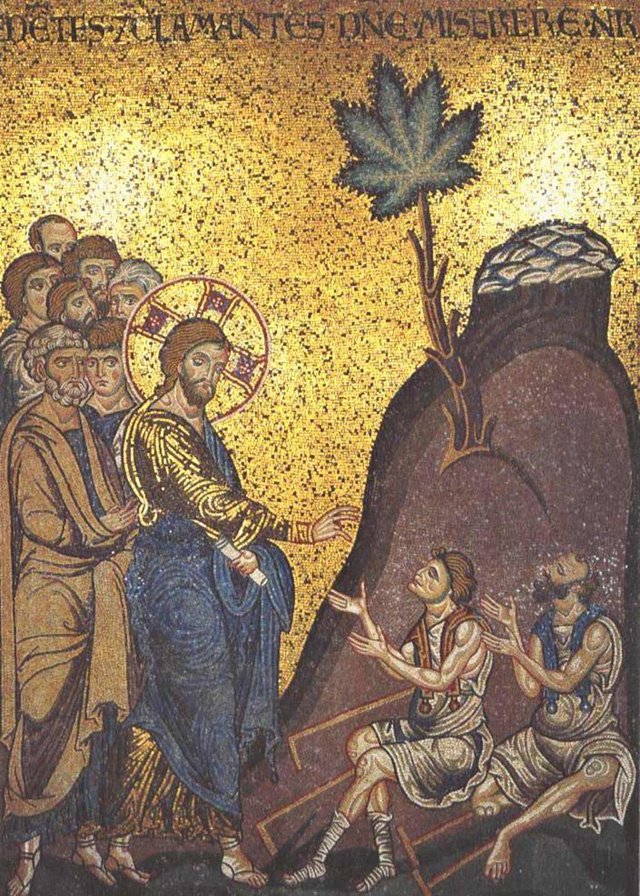

In the 1st century AD Josephus Flavius writes about the supernatural properties of Mandrake and Pliny the Elder discusses hemp at great length completing his book "natural history" in 77 AD.

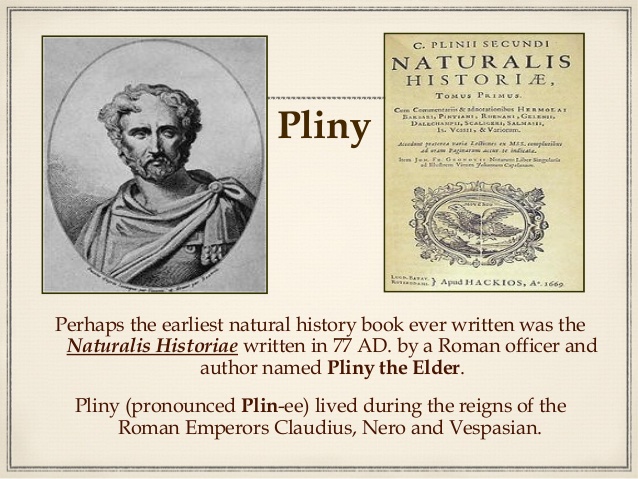
In the Bible’s Book of Genesis, mandrake root helps Rachel conceive Jacob, and in Greek mythology, Circe and Aphrodite are thought to use it as an aphrodisiac. But its powers are not only mythical: a member of the nightshade plant family, mandrake contains hallucinogenic and narcotic alkaloids. Dioscurides, a first-century Greek physician, tells us that a “winecupful” of mandrake root (that is, mandrake root boiled in wine) was used as an anesthetic in ancient Rome. But be careful, he warns—take too much, and one might end up dead.
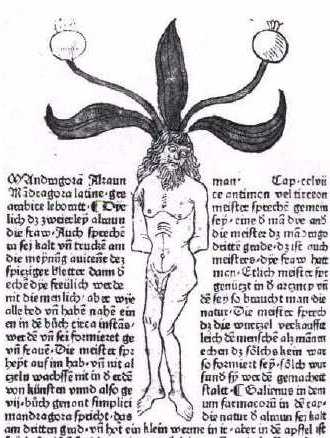
Dioscurides is one of the first and most important references on the mandrake plant, documenting its appearance along with its medicinal uses. He describes a “male” and “female” mandrake, though we know today that he was describing two different species, Mandragora officinalis and Mandragora autumnalis.

100 AD: A 7.5 cm high miniature statue of an Amanita muscaria dated to 100 AD found in Nayarit, Mexico, suggests A. muscaria may have been in use in coastal Mexico. Many other sculptures from Central and South America depict the ritual use of other psychoactive plants and mushrooms.
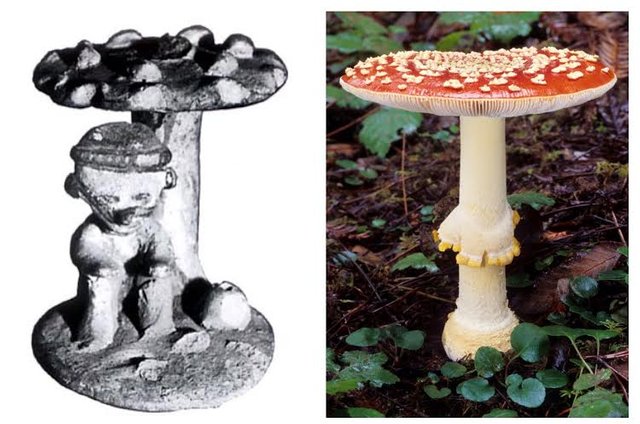
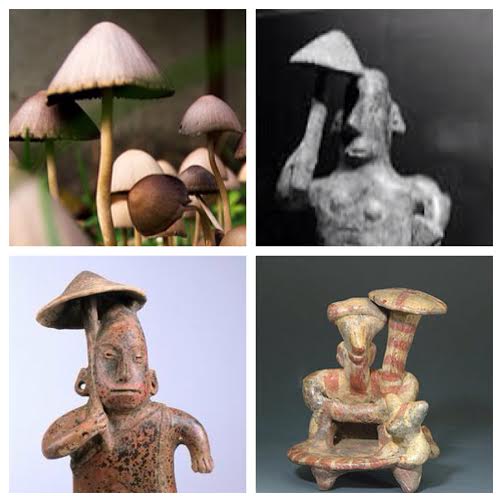
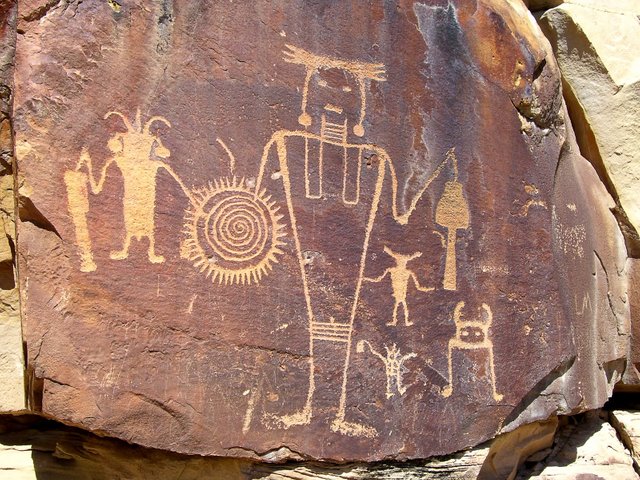
(47-200 AD)The Greek scholar Plutarch mentions the Thracian use of cannabis as an intoxicant. To clarify, the Thracians are a tribe of Indo-Europeans that inhabited southern Europe. Between 130 and 200 AD, the Greek physician Galen prescribed medical marijuana to patients.
In 430 B.C., Herodotus reported on both ritual and recreational use of Cannabis by Scythians.He describes the Scythians entering into Eastern Europe from Asia and introducing cannabis for the first time. This places the origin of marijuana’s recreational use close to the Middle East.
In the 4th century AD Christianity became the legal religion of the roman state and dogmatically condemned all other beliefs as Europe entered the dark ages for the next 600 years.Hemp cultivation had become very popular and the use of hashish was widespread but eventually was suppressed.
By 1000 AD European contact in China caused shamanism do decline and along with the psychoactive use of cannabis though it was still cultivated for it's fiber.

Cannabis smoking was common in the Middle East before the arrival of tobacco, and was early on a common social activity that centered around the type of water pipe called a hookah. Smoking, especially after the introduction of tobacco, was an essential component of Muslim society and culture and became integrated with important traditions such as weddings, funerals and was expressed in architecture, clothing, literature and poetry.
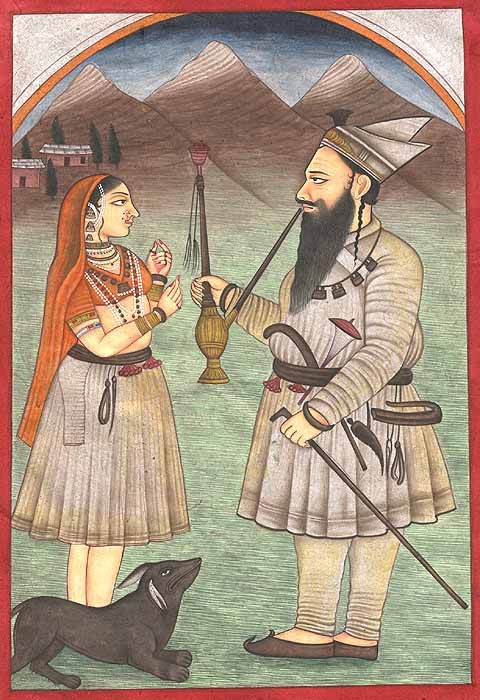
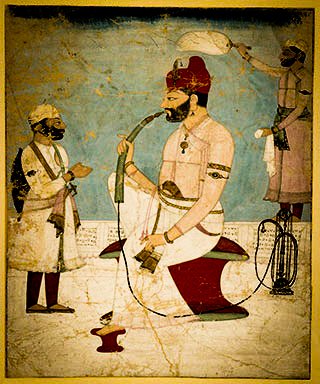
Persia (1090-1221).The use of hashish is mentioned in the tales of a group of assassins. Another persian legend details Sufi master Sheik Haydar’s personal discovery of Cannabis. More specifically, Haydar claims to have invented hashish. Then, it spread it to Iraq, Egypt, and Syria.
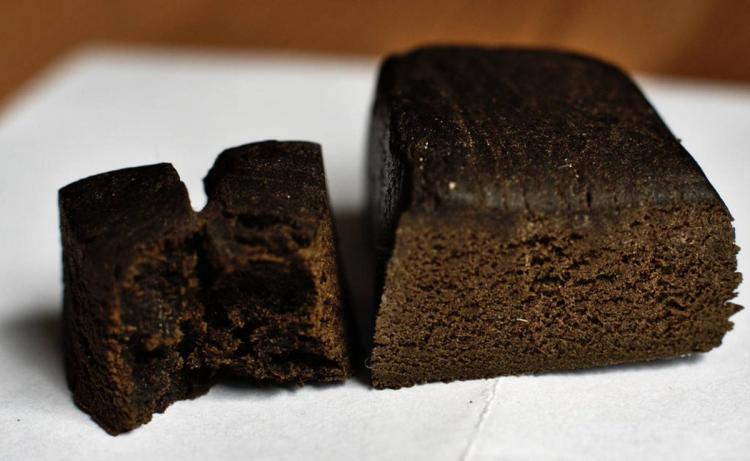
Hasish
Cannabis smoking was introduced to Sub-Saharan Africa through Ethiopia and the east African coast by either Indian or Arab traders in the 13th century or earlier and spread on the same trade routes as those that carried coffee, which originated in the highlands of Ethiopia. It was smoked in calabash water pipes with terra cotta smoking bowls, apparently an Ethiopian invention which was later conveyed to eastern, southern and central Africa.”
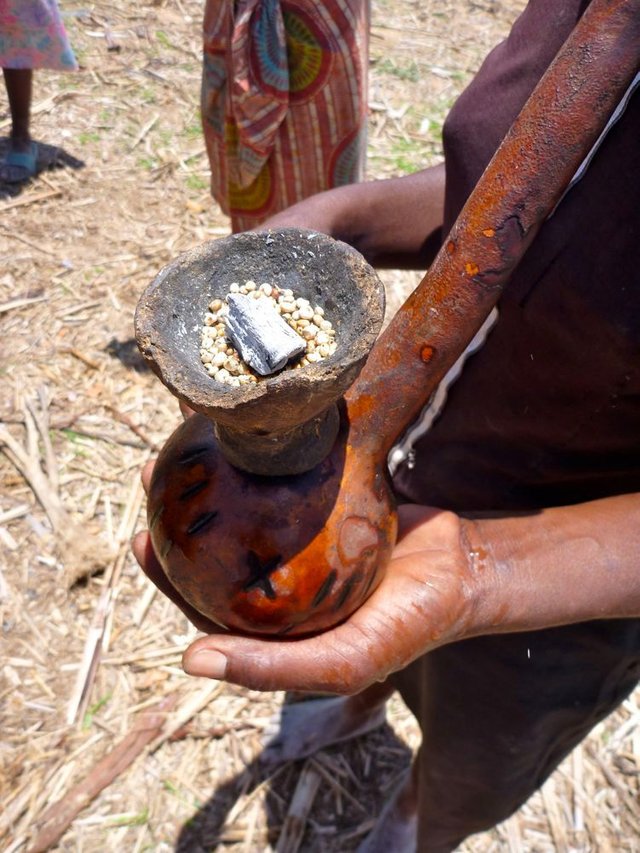
calabash water pipe
Cannabis was grown in great quantity throughout Europe in the Middle Ages, but not to smoke. It was to make hemp.Cannabis hemp was widely grown across Britain in the Middle Ages, from at least 800 to 1800 AD, though the amount grown varied widely through the centuries. It was mainly grown for fibre which was used to make sails, ropes, fishing nets and clothes. Old clothes were recycled into paper. Oil was produced from the seeds and was burned in lamps. It may also have been used as a folk medicine and for food, but it’s a mystery whether or not it was taken as a drug.
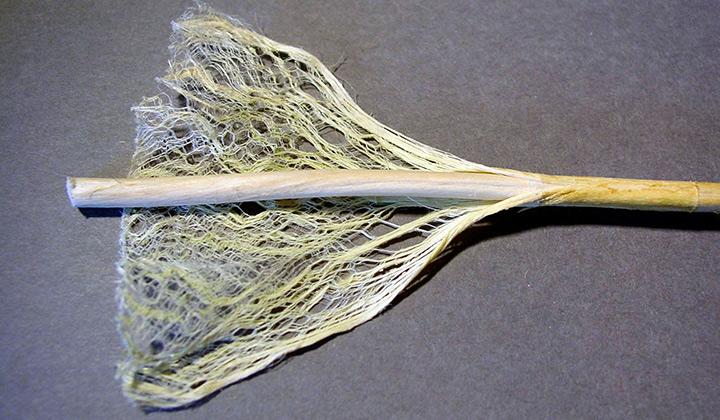
Hemp fibers
Egyptian authorities were the first to initiate a drug war. In 1253, hashish eaters had their teeth yanked out. On the other hand, cannabis growers of the time received the death penalty.
One of the very first recorded cases of prohibition was in the Ottoman Empire. In 1378, Ottoman Emir Soudoun Scheukhouni blamed cannabis for laziness. Then, he declared the world’s first law against eating hashish.
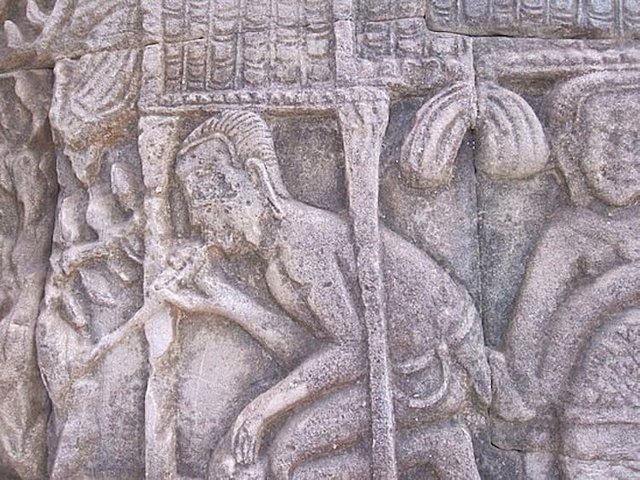
In the 1500s this European culture sailed to the Americas and destroyed the Aztec empire, beginning the Spanish colonies in the Americas. Marijuana was brought to the Americas by French and British colonists. However, only hemp was cultivated in the colonies. In 1606, the French brought hemp to Port Royal in Canada. In 1611, the English cultivated hemp in their Virginia colony. Then later again, in the Plymouth colony.
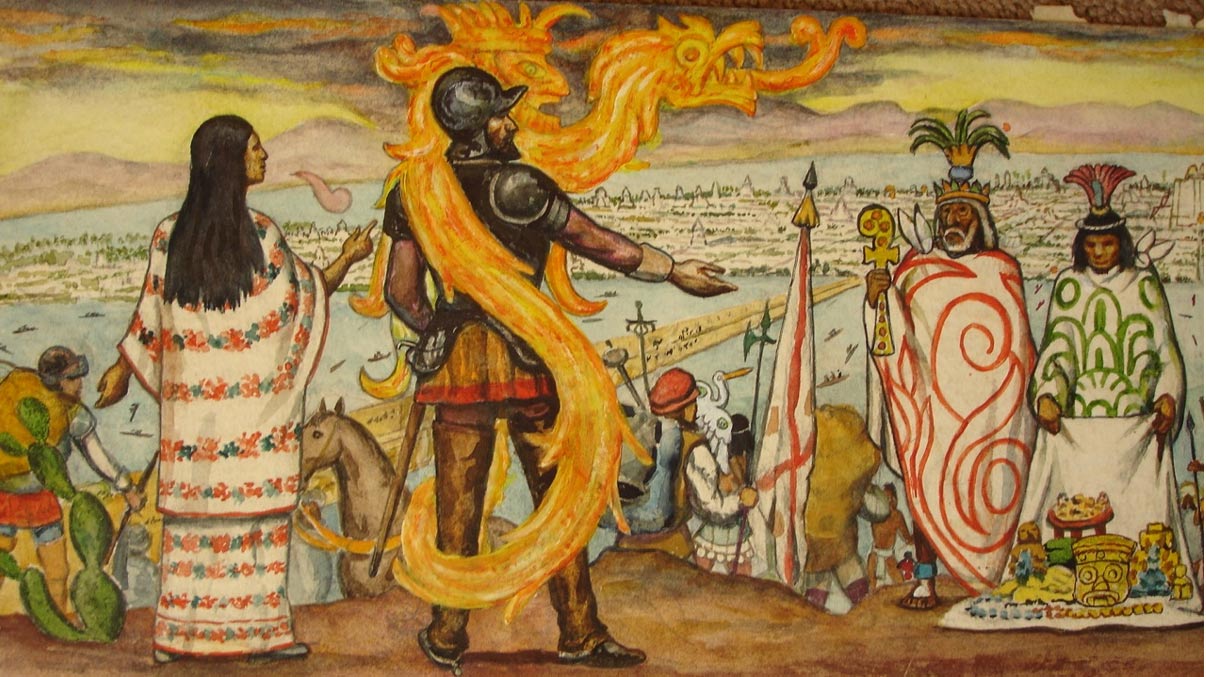
After the Renaissance between the 14th to the 17th centuries the is now widespread discussion though in smaller focused groupings of people discussing and exploring psychedelics in all manner of forms.Everything from mushrooms to cacti and of course cannabis were discussed and written about all over the world in various formats.However due to the Dark ages there was still a general religious stigma around them and often those who cultivated or practiced with these plants were labeled as warlocks and witches or considered crazy.
1658 AD: Polish prisoner of war writes about a culture from western Siberia (Ob-Ugrian Ostyak of the Irtysh region) "They eat certain fungi in the shape of fly-agarics, and thus they become drunk worse than on vodka, and for them that's the very best banquet." - from Kamiensky Dluzyk "Diary of Muscovite Captivity published 1874 pg 382.
1730: A Swedish Colonel, Filip Johann von Strahlenberg, who spent 12 years in Siberia as a prisoner of war wrote a book titled "An Historico-Geographical Description of the North and Eastern Parts of Europe and Asia" which includes a detailed description of the practice of ingesting tea made from A. muscaria and the practice of drinking the urine of those who have ingested the mushroom in order to recycle the psychoactive ingredients:
"The Russians who trade with them (Koryak - a tribe on the Kamchatka peninsula), carry thither a Kind of Mushrooms, called in the Russian Tongue, Muchumor, which they exchange for Squirils, Fox, Hermin, Sable, and other Furs: Those who are rich among them, lay up large Provisions of these Mushrooms, for the Winter. When they make feast, they pour water upon some of these Mushrooms and boil them. They then drink the Liquor, which intoxicates them. The poorer Sort who cannot afford to lay in a Store of these Mushrooms, post themselves on these occasions, round the huts of the rich and watch the opportunity of the guests comind down to make water. And then hold a wooden bowl to receive the urine which they drink off greedily, as having still some virtue of the mushroom in it and by this way they also get drunk." (Wasson 1968, pg 235)
As the white largely Christian culture moved west and took over North America the Native American use of psychedelics was suppressed and demonized as well.
In the USA, medical preparations with a Cannabis base were available by the 1840s. Additionally, cannabis is added to The U.S. Pharmacopoeia ten years later. From 1850 to 1915, cannabis was widely used as a medicinal drug in pharmacies and general stores. After the Harrison Act of 1914, marijuana use became a crime for the first time in the U.S.
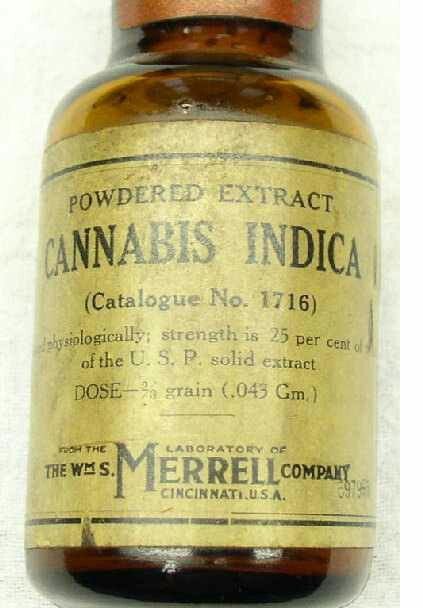
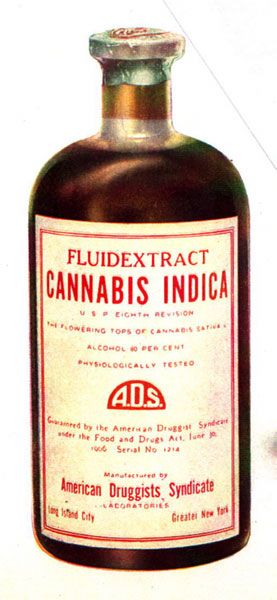
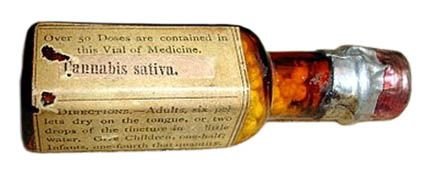
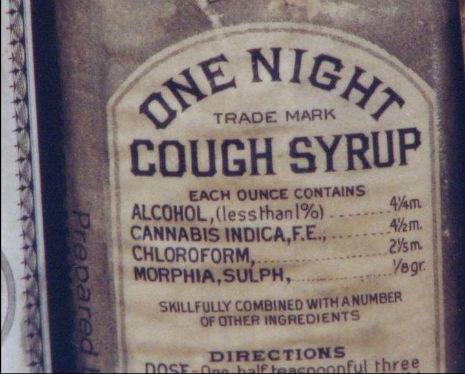
Althought as integrations of cultures did happen by the 20th century many groups of people formed organizations to support their spiritual uses such as the Native American church being formed around the protection of the use of Peyote cactus in spiritual ceremony.

In 1938 LSD is synthesized by Albert Hoffman and in 1943 he accidentally discovers it's psychedelic properties.The main intention of the synthesis was to obtain a respiratory and circulatory stimulant (an analeptic) with no effects on the uterus in analogy to nikethamide (which is also a diethylamide) by introducing this functional group to lysergic acid. It was set aside for five years, until 16 April 1943, when Hofmann decided to reexamine it. While re-synthesizing LSD, he accidentally touched his hand to his mouth, nose or possibly eye, accidentally ingesting a small amount and discovered its powerful effects. He described what he felt as being:
"affected by a remarkable restlessness, combined with a slight dizziness. At home I lay down and sank into a not unpleasant intoxicated[-]like condition, characterized by an extremely stimulated imagination. In a dreamlike state, with eyes closed (I found the daylight to be unpleasantly glaring), I perceived an uninterrupted stream of fantastic pictures, extraordinary shapes with intense, kaleidoscopic play of colors. After some two hours this condition faded away."

Three days later, on 19 April 1943, Hofmann intentionally ingested 250 micrograms of LSD. This day is now known as "Bicycle Day", because he began to feel the effects of the drug as he rode home on a bike. This was the first intentional LSD trip.

Hofmann continued to take small doses of LSD throughout much of his life, and always hoped to find a use for it. In his memoir, he emphasized it as a "sacred drug": "I see the true importance of LSD in the possibility of providing material aid to meditation aimed at the mystical experience of a deeper, comprehensive reality."

In 1951 the first CIA get their hands on it and begin psychological experiments on soldiers.

https://en.wikipedia.org/wiki/Project_MKUltra
In 1957 Life magazine writes a story on psychedelics which is one of the firs boosts of popularization of psychedelics in the USA.

Shortly thereafter they become widely popular during the 60s Hippie movement before the American government puts nearly all psychedelic drugs in the so called "Schedule 1" of illegal drugs in the 70s.Thus putting them in the same schedule as drugs like Heroin and Bath Salts.


Woodstock 1969
Schedule I drugs are those that have the following characteristic according to the United States Drug Enforcement Agency:
The drug or other substance has a high potential for abuse.
The drug or other substance has no currently accepted medical treatment use in the U.S.
There is a lack of accepted safety for use of the drug or substance under medical supervision.
Yeah... Sounds exactly like psychedelics.Right?
Today we are starting to see a shift in the way people perceive psychedelics.The propaganda that labeled them as dangerous drugs with high potential of abuse is starting to lift and people are beginning to see them as tools and guides that can help us cope with the psychological problems that many people face in modern day society.
MAPS (Multidisciplinary Association for Psychedelic Studies) a non-profit research and educational organization that develops medical, legal, and cultural contexts for people to benefit from the careful uses of psychedelics and marijuana founded in 1986 is stating to get more and more support in the field of psychedelics research.Their research on psychedelic drugs like LSD, Psilocibin, MDMA, Ketamine, Ibogaine, Ayahuasca and Marijuana has shown they are very effective for the treatment of psychiatric disorders like PTSD (post traumatic stress disorder), Depression, Anxiety disorders, etc.Even more so than most conventional treatments.
MAPS and other research organizations like them are at the forefront of showing the benefits of psychedelics to modern day society and the eventual legalization of psychedelics.It's been predicted that MDMA would be legalized for psychiatric treatment of PTSD in the early 2020's and sometime after that psilocybin mushrooms and ayahuasca as they are the most promising and effective for the treatment of the aforementioned psychiatric disorders.

https://www.maps.org/research
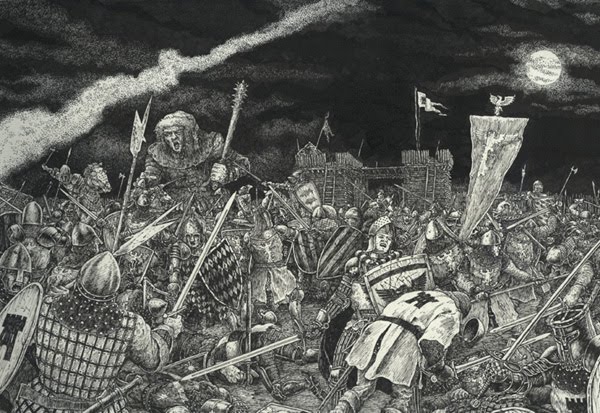
Congratulations @entheogen! You have received a personal award!
Click on the badge to view your Board of Honor.
Congratulations @entheogen! You received a personal award!
You can view your badges on your Steem Board and compare to others on the Steem Ranking
Vote for @Steemitboard as a witness to get one more award and increased upvotes!